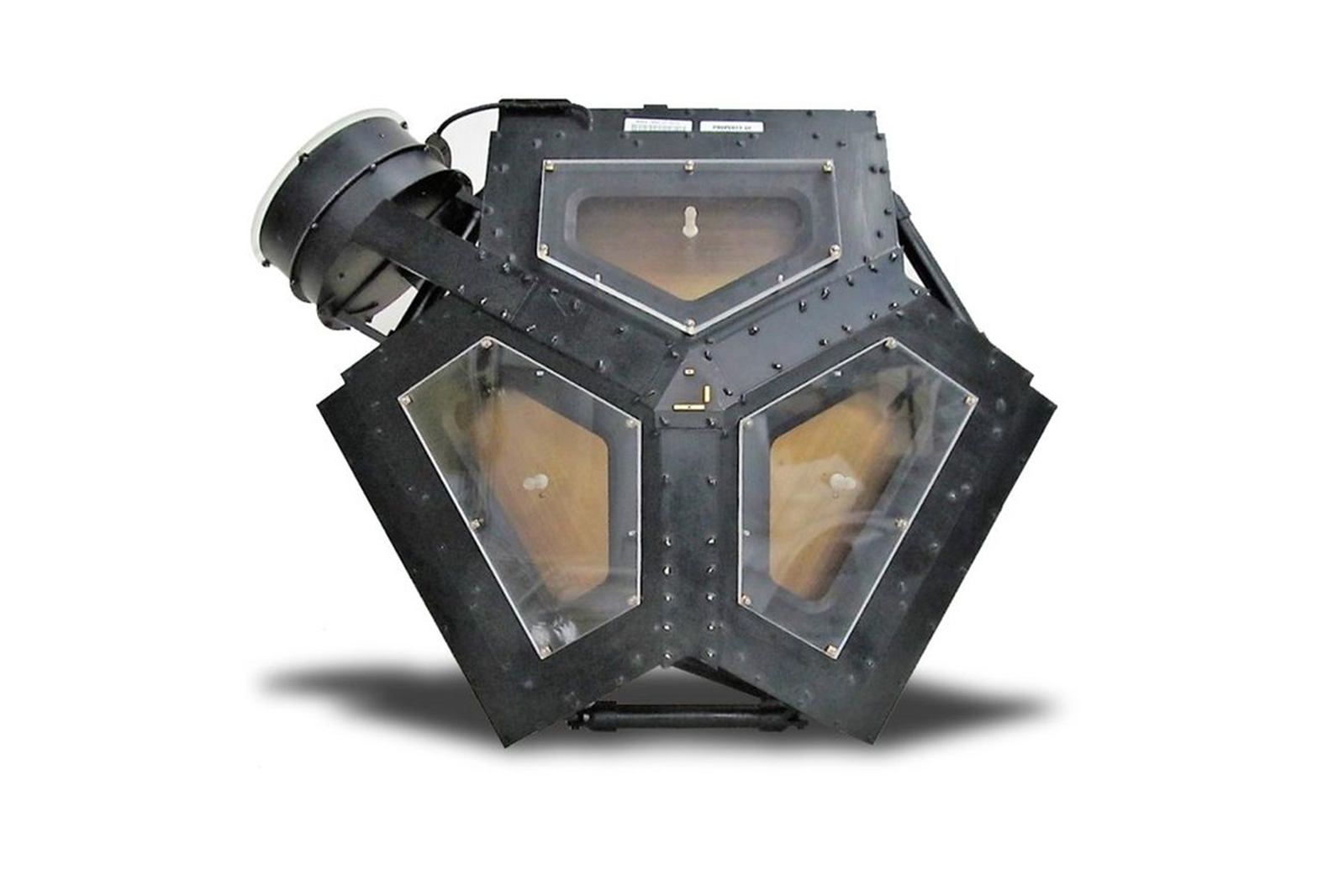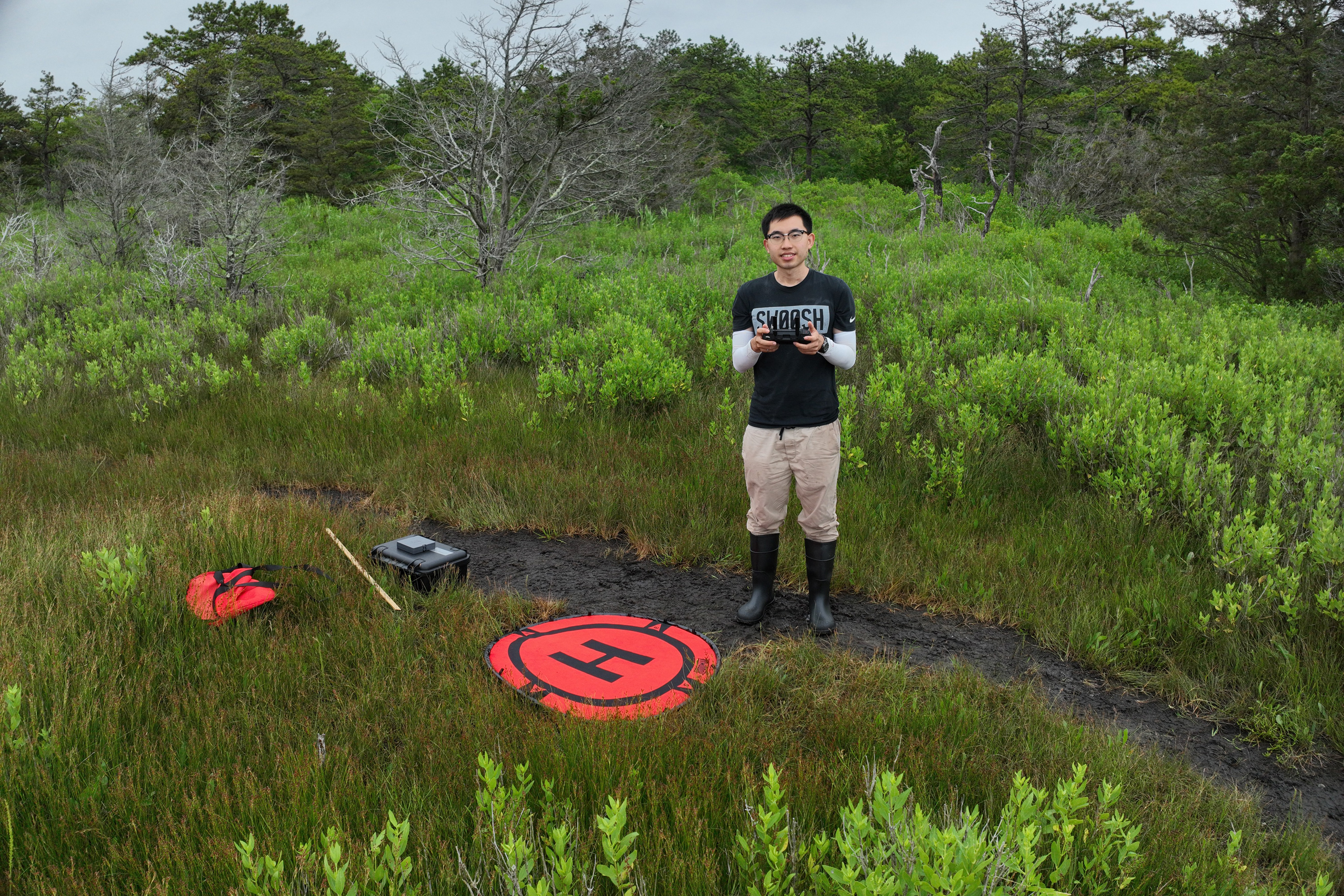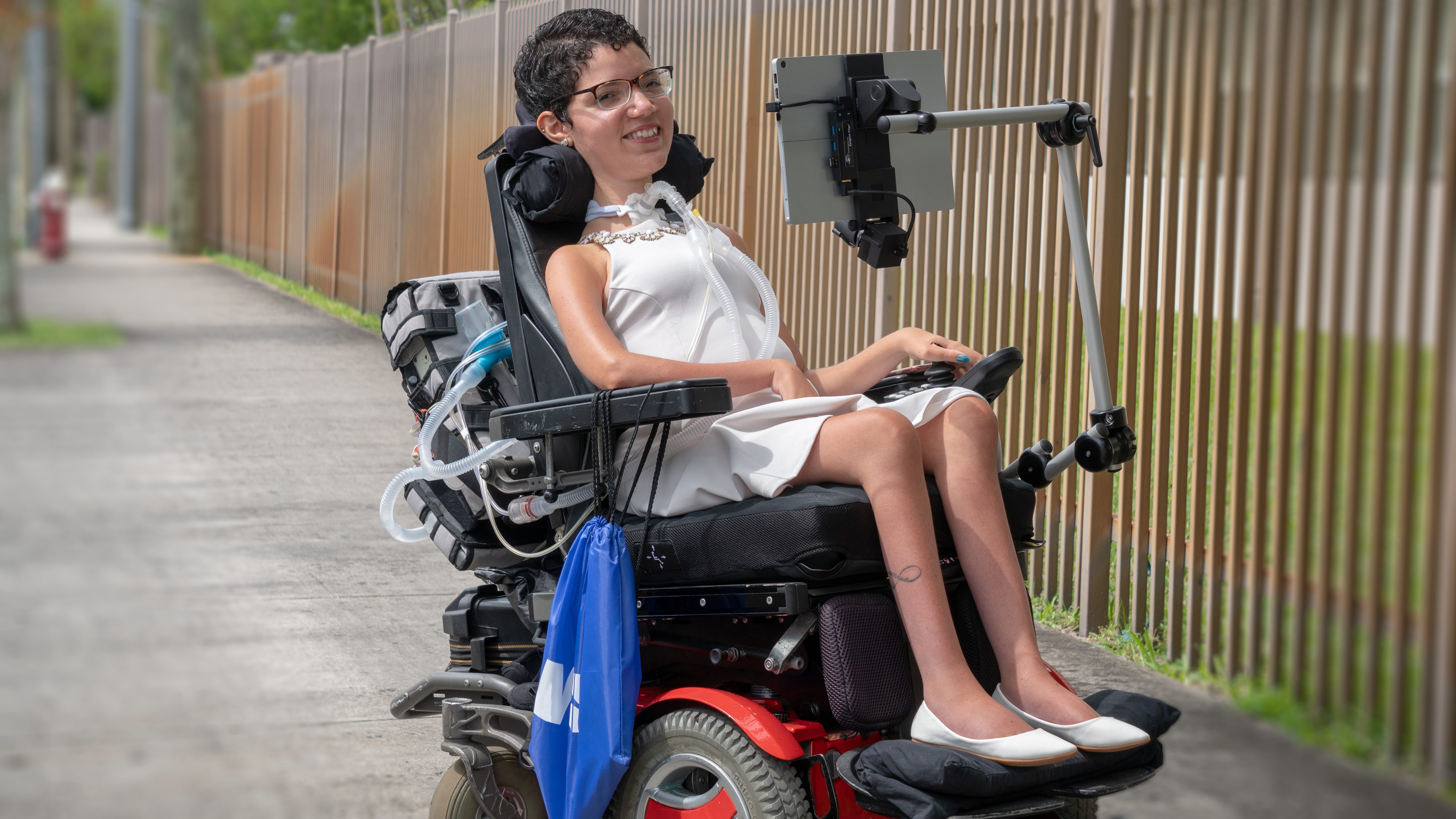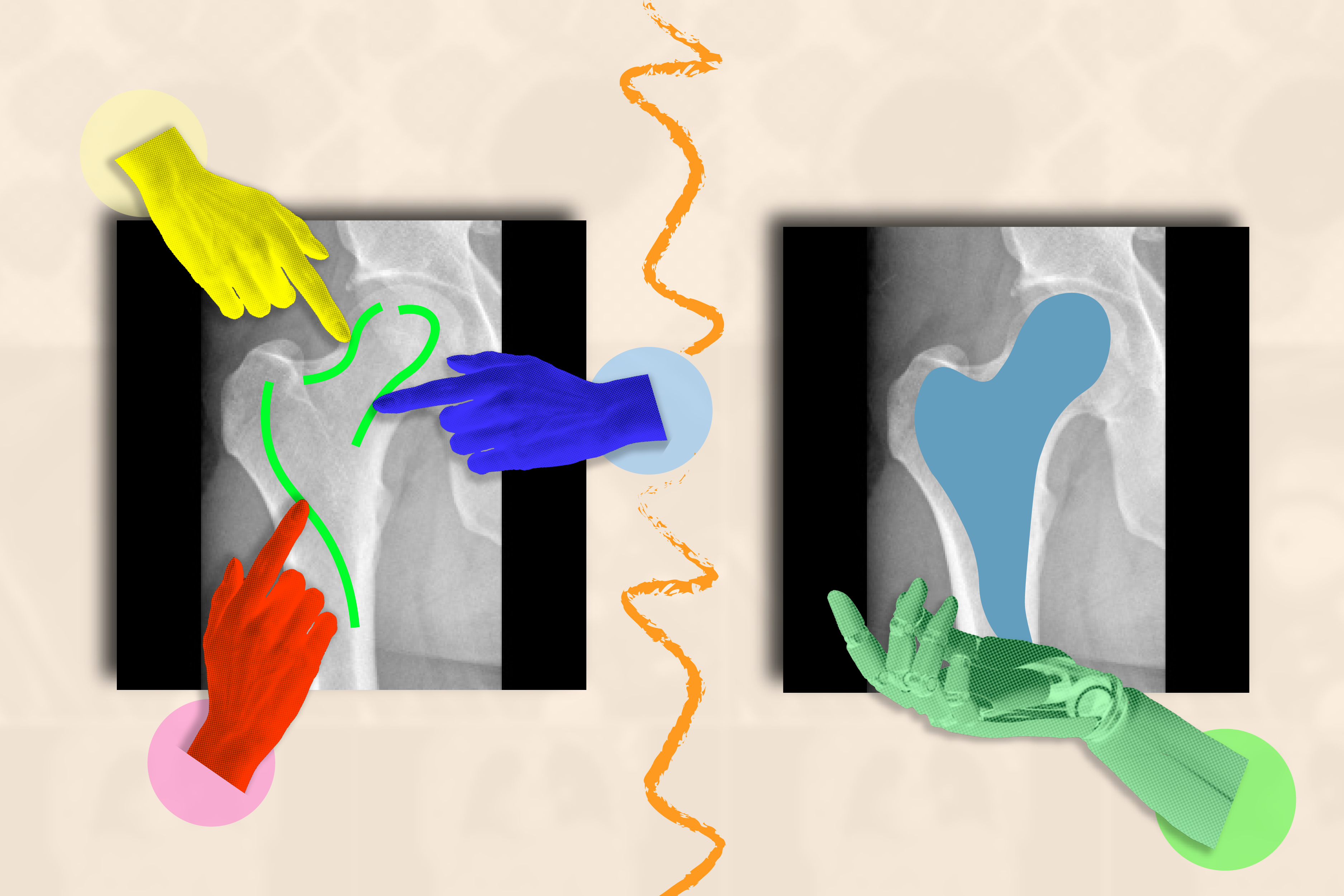As associate administrator for NASA’s Space Operations Mission Directorate Ken Bowersox puts it, “nothing happens without communications.”
And effective communications require the use of radio waves.
None of NASA’s exciting science and engineering endeavors would be possible without the use of radio waves to send data, communications, and commands between researchers or flight controllers and their flight platforms or instruments.
Reflecting on his time as a pilot, commander, and mission specialist during the Space Shuttle Program, Bowersox says, “If you’re not there physically, you can’t be a part of the team. But if you’re getting the data, whether it’s video, telemetry data with states of switches, or individual parameters on temperatures or pressures, then you can act on it and provide information to the spacecraft team so they can do the right thing in their operation.”
These vital data and communications functions, as well as the gathering of valuable scientific data through remote sensing applications, all use radio frequencies (RF) within the electromagnetic spectrum. NASA centers and facilities also use the RF spectrum to support their everyday operations, including the walkie-talkies used by security guards, air traffic control systems around airfields, and even office Wi-Fi routers and wireless keyboards.

Ken Bowersox
NASA Astronaut & Associate Administrator for NASA’s Space Operations Mission Directorate
All of NASA’s uses of the RF spectrum are shared, with different radio services supporting other kinds of uses. Service allocation is a fundamental concept in spectrum regulation and defines how the spectrum is shared between different types of applications. A service allocation defines ranges, or bands, of radio frequencies that can be used by a particular type of radio service. For example, a television broadcasting satellite operates in frequency bands allocated to the broadcasting satellite service, terrestrial cellular services operate in bands allocated for the mobile service, and the communications antennas on the International Space Station (ISS) operate in bands allocated to space operations service.
However, an allocation is not a license to operate — it does not authorize a specific system or operator to use particular frequencies. Such authority is granted through domestic and international regulatory processes.
Most frequency bands of the RF spectrum are shared, and each frequency band typically has two or more radio services allocated to it. Careful spectrum regulation, planning, and management aim to identify mutually compatible services to share frequency bands while limiting its negative impacts.
Many of NASA’s most notable uses of spectrum rely on the following service allocations:
- Earth exploration-satellite service
- Space research service
- Space operations service
- Inter-satellite service
Note that allocations in the Earth exploration-satellite service and the space research service are designated either for communications links in the Earth-to-space, space-to-Earth, or space-to-space directions or designated for active or passive sensing of Earth or celestial objects (respectively) to differentiate the types of uses within the service and afford the requisite protections.




























